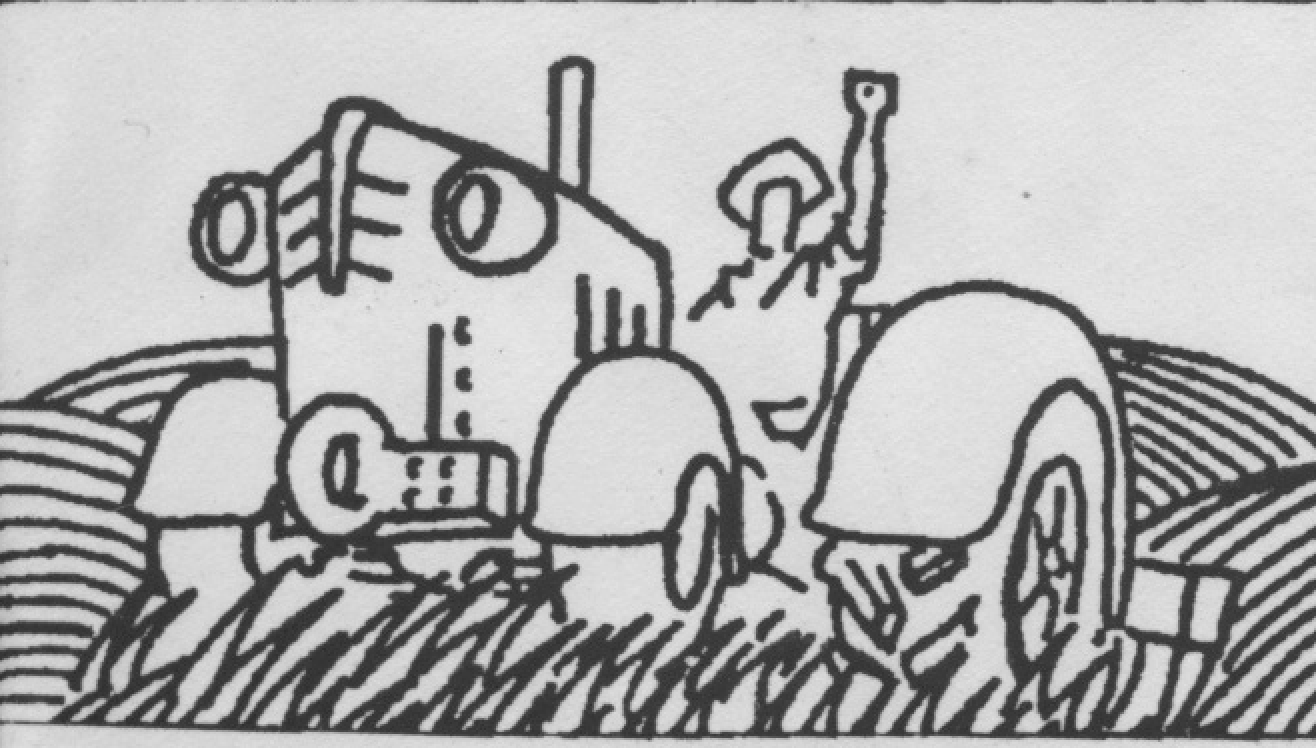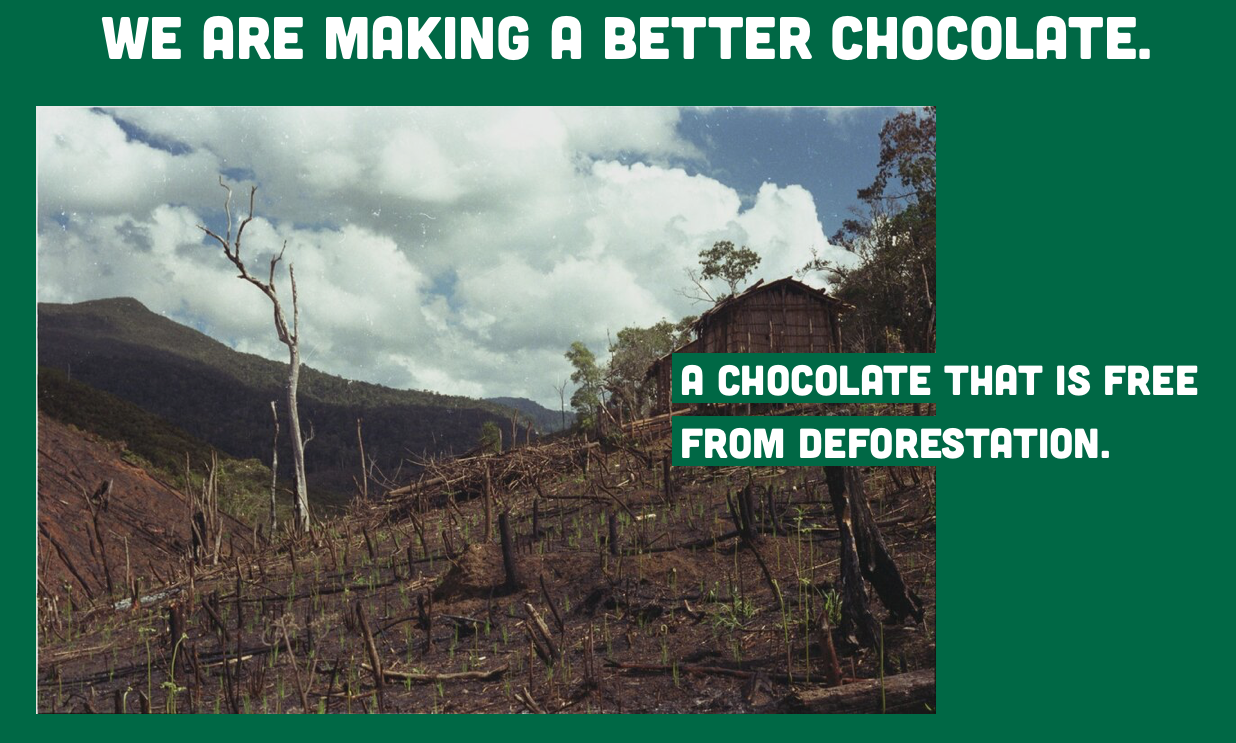
Aspirin and structural transformation
A little over 20 years ago I published a booklet called El Naufragio (The Shipwreck), about the things I had learned in 10 years of work in rural development cooperation. At that time I was living in Central America, so I felt the problems very close to home. It is possible that my vision was biased, because I knew what was happening in the projects only a few hundred kilometres around me, and I did not have a vision of the rest of the world.
How has the aid sector changed since then? Back then there was a clear idea of where agriculture had to go, and despair because knowing it, policies had been halted by the arrival of neoliberalism in the 1980s, before which southern governments invested in large projects, cooperativism was encouraged – with mixed results – roads were built, and large state marketing companies were set up, most of them dysfunctional. But there was an idea of what an agricultural policy was and where it was going.
To compensate for the hiatus, NGOs came in to replace the state, making a virtue out of necessity. Twenty years ago it was expected that the world would improve by investing in small projects, hoping that people would get out of poverty by earning a little more money. I described this way of doing things in the book as aspirin-solutions, and likened it to trying to cure cancer with such a humble medicine. Needless to say, cancer needs stronger treatments than aspirin, and also more expensive.
Did agrarian policies return with the end of neoliberalism? Hardly. A new type of aspirin solution was installed, which donor governments enthusiastically embraced because it was cheaper. They were very symbolically charged solutions, as with the policies of governments unable to bring about economic change: they give people symbols to rejoice with, but not to fill their stomachs.
Some NGOs and a section of the peasantry signed up to food sovereignty, which has a lot of magical thinking and little reality. Local markets and agro-ecology followed. Today, France, a major developing power, is engaged in a diffuse “agroecological transition“, consisting mostly of micro-projects to substitute chemical inputs for their organic alternatives, or hand-digging ditches in the Sahel that are supposed to promote development.
Meanwhile, the construction of rural feeder roads, irrigation and mechanisation projects and the creation of cooperatives have been abandoned, partly because they need years to consolidate or millions of dollars of investment. It would be time for northern governments to fund old agricultural policies in their aid budgets, in which the above-mentioned aspirins may have their place, but do not take up all the space.
The problem is that this idea of where agriculture is going is missing. Few people understand agricultural policy any more, let alone the size of the problem. For the latter, one need only look at the article by Tavneet Suri and Christopher Udry showing how far behind the rest of the world Africa lags in agricultural productivity. This is not easily changed.
In the 1970s there was the concept of “structural transformation”, where it was understood that policies had to get fewer people into agriculture, to get them paid more, and for industrialisation to absorb the surplus labour in the countryside. People have to be taken out of the countryside. But the expected industrialisation has not come to do this. What is more, Rodrik and Stiglitz say about it:
“[Industrialisation] Strategies that worked well in the past are unlikely to do so in the decades ahead. In particular, the manufacturing- and export-based growth strategies that drove East Asia’s development miracles are no longer suited for today’s low-income countries; at the very least, they are insufficient. New technologies, the climate challenge, and the reconfiguration of globalization require a new approach for development emphasizing two critical areas: the green transition and labor-absorbing services.”
New solutions will have to be found on how to achieve this structural transformation in Africa given these constraints. Digging ditches by hand is not going to do it. We need to increase yields, mechanise, and find a use for the labour that will be left over, perhaps in environmental services paid for by rich countries. But the solution will not be found as long as the problem is not addressed first, and above all as long as people continue to think that the current fixes are the solution.
You may also like
Decolonising cooperation, how and to what extent?
(Automatic translation by Deepl, sugestions for improvement are welcome). In the world of developmen
The white elephant in the room at COP26
In the room where it is being clarified whether or not there will be 100 billion a year for adaptati
Hypocritical chocolate
A few months ago I commented in this post that a Finnish company was promoting lab-grown coffee unde




Post a comment